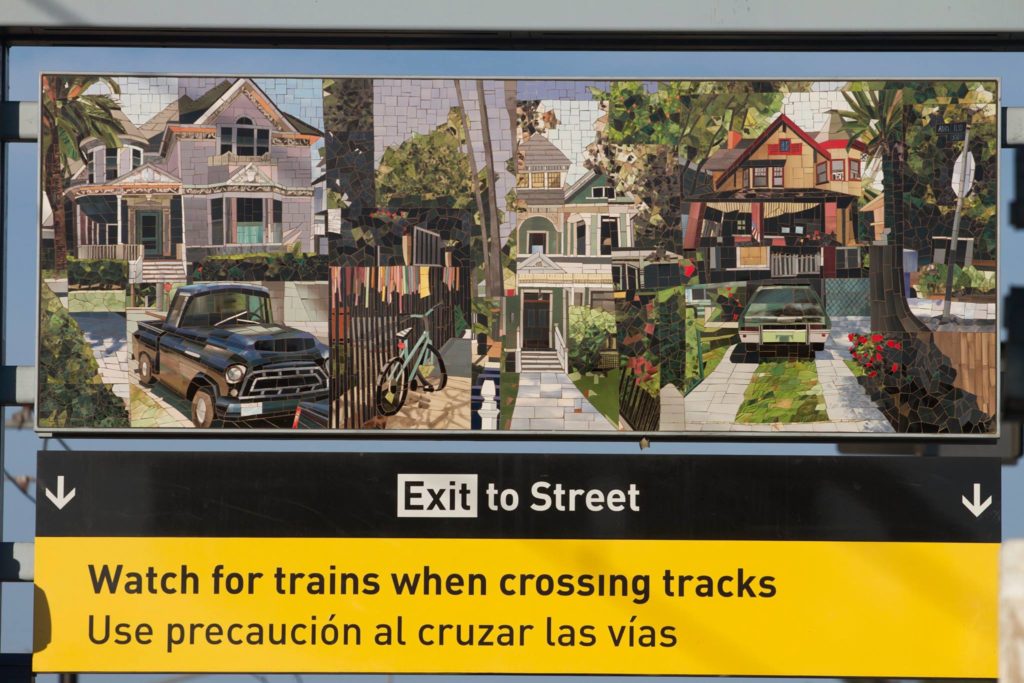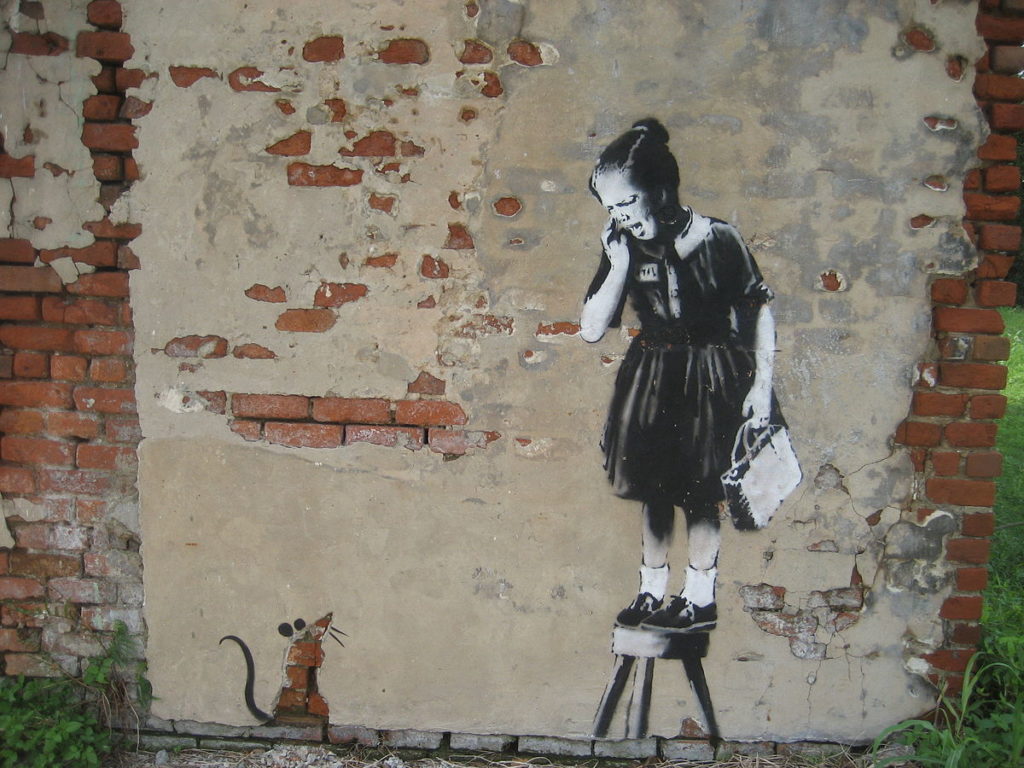Public spaces have been getting an aesthetic makeover with the emergence of public art throughout cities across the world. This broad category of art encompasses a whole variety of different mediums that symbolize the public identity and redefine the public realm. Traditionally, public statues, architecture, and murals sponsored by the government were seen as the primary forms of public art, embodying civic virtue and identity. However, this concept has evolved significantly over the past half century, as public art has resurged in urban spaces, redefining the modern concept and purpose of public art and engaging community with a sense of identity, expression, and place.
Municipal Art
Many cities across the U.S. have a “Percent for Art” policy, where public or private development projects pay a small percentage, commonly 1%, to fund and install public art, administered by local and state agencies. New York City has used the Public Art fund since 1977 to fund mosaics, murals, sculptures, station beautification, and many others across the city, breathing visual aesthetic into the public realm and giving citizens something to admire, be intrigued by, or engage with in some way. These urban art projects occupy various spaces typically in squares and plazas, pedestrian areas, main thoroughfares, and even buildings, serving as tourist attractions and signs to simple street furniture . Municipal art can help define a community through a visual theme that resonates with the identity of the place, making it distinct and memorable among visitors and residents. Aside from typical beautification, these public programs and projects have helped revitalize run-down or formerly industrial areas by making them seem safer to visitors and more visually appealing. Some of these communities experience redevelopment as their streets become livelier with pedestrians and businesses, adding to the overall experience of a place.

LA Metro Stop
Street Art and Neighborhood Identity
Freelance street art does not fall in the traditional definition of government-sponsored public art, but has been a strong part of neighborhood visual facelifts and public expression. Though often associated with vandalism and graffiti, street art has become popularized in visual culture as a common feature in urban settings. Murals have been popping up across cities as popular art forms giving life to formally blank walls with a variety of different subjects, from community-themed motifs and political art to abstract visuals. Street art has pushed its way into pop culture, with several street/graffitti artists becoming famous worldwide for their works such as Banksy, who has created many high-profile, yet controversial public stencils and sculptures.

Banksy, Rat-Girl Mural, New Orleans
Communities also come together to engage in their beautification through commissioning or creating street art. The Wynwood Arts District in Miami, FL, once a low-income industrial neighborhood, has recently transformed into a mecca of street art and galleries. Artists moved into the derelict district and began painting the blank buildings, eventually creating a community famous for its unique street art scene. Municipalities have also sponsored street art-style works in special districts and redevelopment areas, such as Washington, D.C.’s the Murals DC Project, which aims to revitalize neighborhoods, deter illegal graffiti and boost local businesses while inspiring civic pride.
Ranging from permanent monuments and murals to ephemeral installations and street furniture, public art embodies both the mainstream and the unusual. As a creative and aesthetic outlet, it entertains and inspires the passersby who view, use, or explore it, forming an essential public good that helps us reimagine what we can experience in the public realm.

